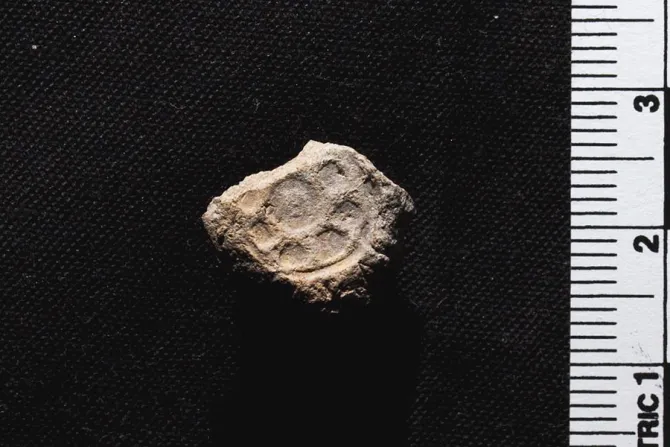Jackson, Miss., Dec 18, 2014 / 16:14 pm
New archaeological evidence about Israel and Judah at the time of King David and King Solomon undermines some skeptics who claim that biblical accounts are wrong to say the time period was advanced enough to have an organized state.
Jimmy Hardin, associate professor at Mississippi State University's Department of Anthropology and Middle Eastern Cultures, said that the find of six official clay seals dating to the 10th century B.C. "lends general support to the historical veracity of David and Solomon as recorded in the Hebrew biblical texts."
The find took place at Khirbet Summeily, a dig site east of Gaza in southern Israel. The clay seals, known as bullae, were used to stamp official documents.
"Our preliminary results indicated that this site is integrated into a political entity that is typified by elite activities, suggesting that a state was already being formed in the 10th century B.C.," said Hardin, co-director of the Hesi Regional Project engaged in the archaeological work.
Hardin's findings have been published in the December 2014 issue of Near Eastern Archaeology, Mississippi State University said. The article says that the material culture of the site, in aggregate, shows "a level of political-economic activity that has not been suspected recently" during the time period.
"Some text scholars and archaeologists have dismissed the historic reliability of the biblical text surrounding kings David and Solomon, such as recorded in the Bible in the books of Kings and Second Samuel," Hardin said.
"The fact that these bullae came off of sealed written documents shows that this site – located out on the periphery of pretty much everything – is integrated at a level far beyond subsistence," he added. "You have either political or administrative activities going on at a level well beyond those typical of a rural farmstead."
The bullae do not have writing. They appear to be the only known bullae from the 10th century, he said.
Hardin said researchers chose the dig site to try to determine the differences between Philistia and Judah and why there was a border in the area at the time.
"We're trying to learn what was the process by which these political entities were created. Within that larger question, you have a number of questions about whether the archaeological record matches the historical record from the texts, and if it disagrees, how do we reconcile the two," he said.


